The adoption of AI brings significant ethical considerations and governance challenges that must not be ignored. The way we develop, deploy, and manage AI technologies will fundamentally impact the future of our societies and economies.
In my experience, responsible AI adoption requires a focus on human-centric design, transparency, privacy, and governance—principles essential for ensuring AI serves the common good. This article explores the ethical dimensions of AI adoption and provides practical insights into the governance frameworks required to guide its responsible integration.
1. Aligning AI with Human Values
AI has the potential to solve complex problems, enhance productivity, and create new opportunities. However, it can also exacerbate existing inequalities if not carefully designed. A key ethical imperative in AI adoption is aligning technology with human values. At the core of this alignment are fairness, transparency, and accountability, which must guide every AI initiative.
A major challenge is bias. AI systems learn from historical data, which may reflect societal biases, thus perpetuating unfair outcomes. For example, in hiring or loan approvals, biased training data can disadvantage certain demographic groups, reinforcing systemic inequalities.
A Fed study found that Black and Hispanic borrowers were more likely to be denied loans and received less favorable terms even when controlling for credit scores. Even with similar financial profiles, algorithmic models showed racial disparities, likely due to indirect biases in the data (like zip code or education).
The responsibility of developers and business leaders is to ensure AI systems do not perpetuate or worsen biases. Continuous monitoring and reevaluation are essential as societal norms evolve. What was once considered fair may no longer be acceptable as fairness grows and changes.
AI can also mitigate and resolve the risks it generates. For example, Zest AI, a fintech company, applies fairness constraints in their lending models to reduce disparate impact. Their models showed a 30–40% increase in approval rates for protected groups without increasing default risk. This demonstrated that fair lending and accurate risk prediction can coexist with the right techniques.
2. Transparency in AI is the Pillar of Trust
For AI to be trusted, it must be understandable. The complexity of many AI models, especially deep learning systems, can make them feel like “black boxes,” where even developers cannot fully explain decisions. This lack of transparency decreases trust and raises concerns, particularly in high-stakes areas like healthcare, law enforcement, and finance.
Transparency in AI is more than explaining algorithms; it’s about making the decision-making process interpretable to humans. Explainable AI is one way to ensure stakeholders can follow the logic behind decisions.
For instance, in healthcare, AI systems should not only provide a diagnosis but also explain which symptoms led to that conclusion, empowering doctors and patients to trust AI-driven decisions.
In a recent collaboration, a team of experts developed a Lymphoma Data Hub to help researchers use AI for faster early-stage diagnosis and therapeutic innovation. By leveraging computer vision, the project reduced diagnostic times from days to minutes. Data scientists used heatmaps to interpret the model’s focus, providing experts with clear insights into the decision-making process.
Transparency also involves being upfront about AI limitations. Organizations must communicate clearly about what AI can and cannot do, ensuring stakeholders understand its potential risks and shortcomings.
3. Data Privacy and Security are Non-Negotiable Responsibilities
AI relies on vast amounts of data, much of it personal or sensitive, raising ethical concerns about privacy and security. As AI evolves, so must our commitment to safeguarding individuals’ data.
Protecting data is not just about following privacy regulations; it’s about respecting individuals’ autonomy over their personal information. Data privacy should be integrated into AI systems from the start through “privacy by design,” ensuring privacy is a foundational part of the development process.
Alongside privacy, AI security is crucial. As AI becomes integrated into critical infrastructures, the consequences of a data breach or malicious attack could be disastrous. Organizations must invest in robust cybersecurity measures and create contingency plans to mitigate risks.
To ensure privacy and security in AI-driven direct-to-consumer marketing, privacy-by-design and security-by-design should be foundational. This means defining robust tokenization and anonymization strategies early on and ensuring that data remains protected throughout its lifecycle.
4. Governance Frameworks and Structuring
The ethical implications of AI demand strong governance structures. Governance is not just about compliance; it’s about creating systems of accountability that guide AI’s lifecycle, from development to deployment.
A critical part of AI governance is establishing ethical guidelines and oversight mechanisms, such as dedicated ethics boards or committees that ensure AI projects meet ethical standards. These committees should include diverse voices, such as ethicists, legal experts, and community representatives.
Accountability is also key. Organizations must track decisions made by AI systems and intervene if necessary. If an AI system makes harmful decisions, there must be clear procedures for correction and prevention.
AI governance must also be adaptive. As AI evolves, so should the frameworks and policies governing it. Ongoing monitoring and adjustment are necessary to respond to new ethical challenges and technological advances.
In the MENA region, from my experience, I witnessed an increasing trend across the private and public sectors to establish AI Ethics boards and trustworthy AI initiatives. AI ethics boards have become a central reference for all processes related to governance, review, and decision-making for policies, practices, communications, research, products, and services pertaining to ethics. Additionally, research has found that setting up networks of volunteers helps promote an ethical, accountable, and trustworthy culture.
5. Continuous Monitoring and Evolution
AI adoption is not a one-time event but an ongoing responsibility. Ethical AI deployment requires continuous monitoring to ensure systems remain aligned with ethical principles. A significant challenge is “drift,” where models become less accurate or fair as they encounter new data or as societal norms change.
Organizations must regularly audit AI systems, retraining them when necessary. Monitoring helps identify bias, ensure the data is relevant, and evaluate system performance.
Monitoring AI systems can not only improve transparency but also enhance performance. From an experience, implementing AI monitoring and explainability toolkits with tens of algorithms and methods for interpreting datasets can reduce model monitoring efforts by 35-50% and increase model accuracy by 15-30%.
Conclusion: Ethical AI as a Competitive Advantage
Responsible AI adoption is not only the right thing to do; it’s a competitive advantage. As AI becomes more pervasive, stakeholders—consumers and regulators alike—will prioritize ethical considerations. Companies that adopt ethical AI practices will build stronger relationships with customers, attract better talent, and avoid costly legal and reputational risks.
The future of AI depends on our ability to govern it responsibly. By prioritizing human values, transparency, data privacy, and robust governance, we can optimize AI’s use while mitigating its risks. Ethical AI is not just a regulatory requirement or moral imperative; it is the foundation for trust and innovation.

 BLOG
BLOG






